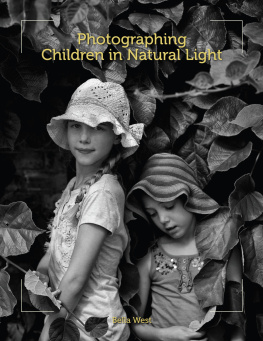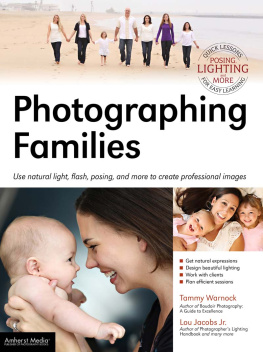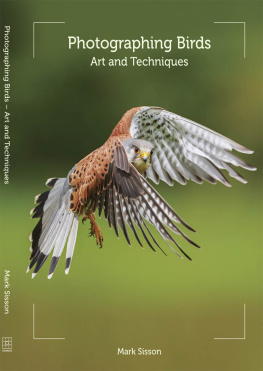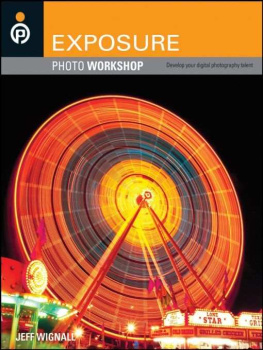Photographing Children
in Natural Light
Art and Techniques
Bella West

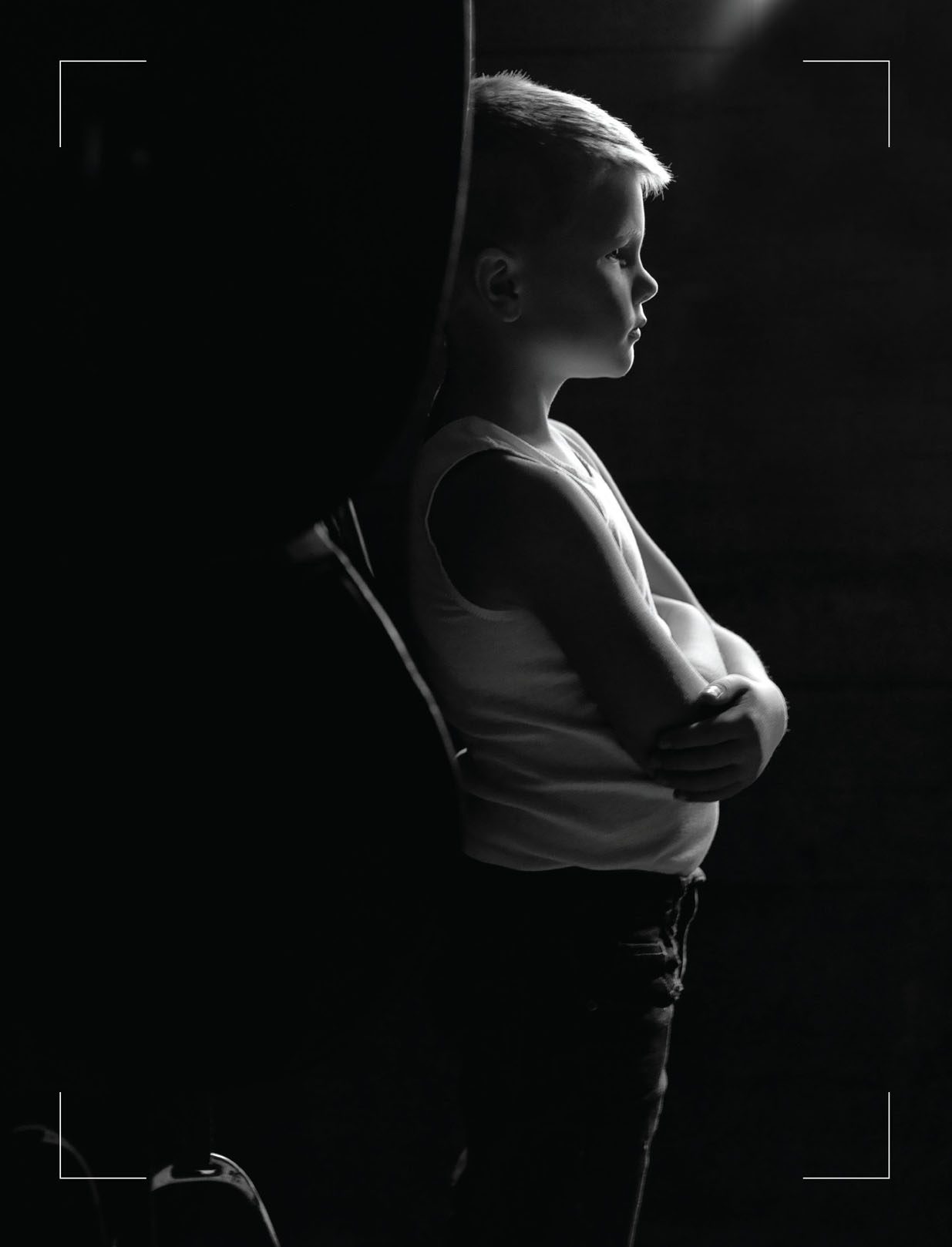
First published in 2014 by
The Crowood Press Ltd
Ramsbury, Marlborough
Wiltshire SN8 2HR
www.crowood.com
This e-book first published in 2014
Bella West 2014
All rights reserved. No part of this publication may be reproduced or transmitted in any form or by any means, electronic or mechanical, including photocopy, recording, or any information storage and retrieval system, without permission in writing from the publishers.
British Library Cataloguing-in-Publication Data
A catalogue record for this book is available from the British Library.
ISBN 978 1 84797 712 0
CONTENTS
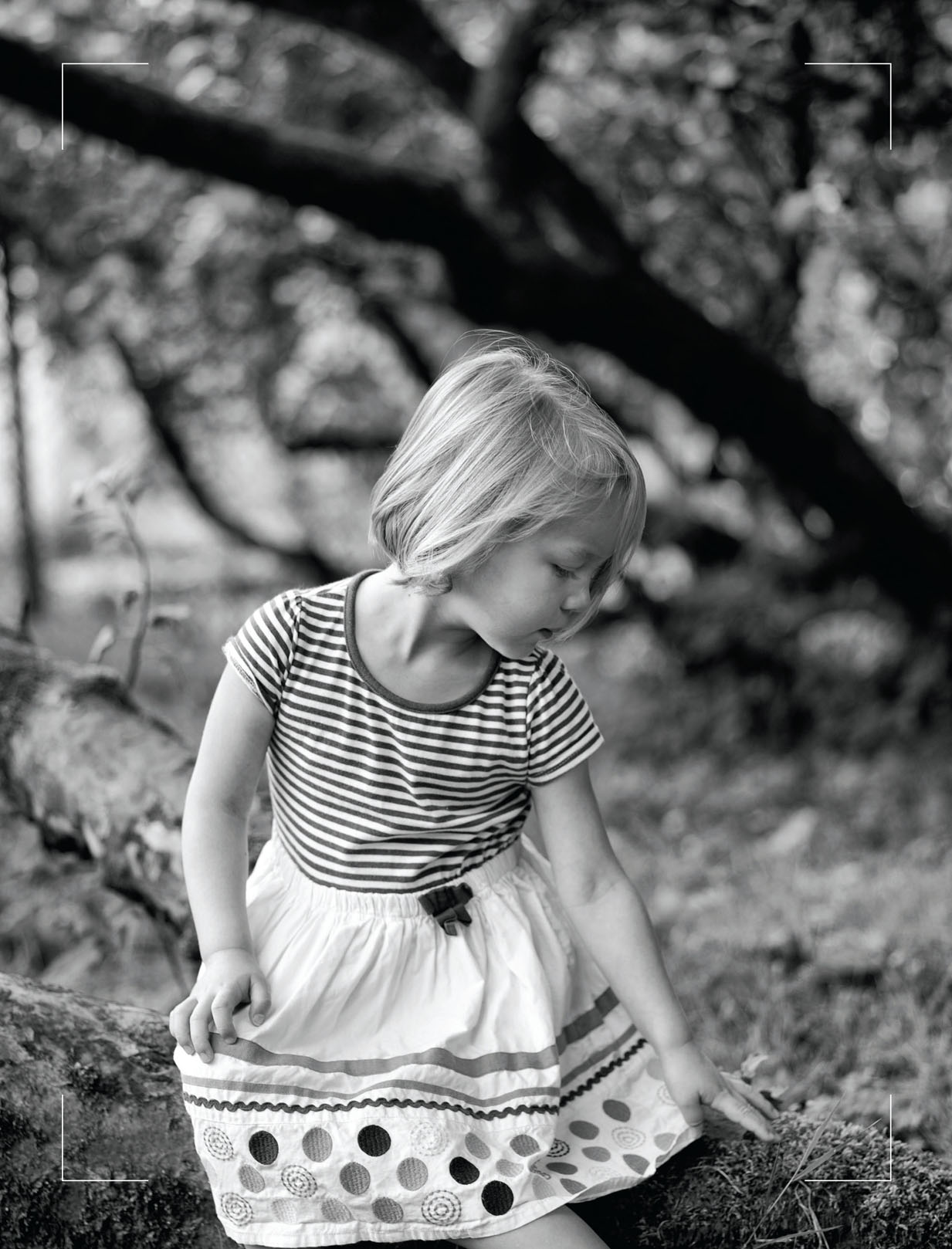
By setting the scene, finding a location with sympathetic light, we can observe childrens natural curiosity and personality to bring together sensitive portraits that are timeless and exude profundity.
Foreword
I am truly privileged to be invited to write this foreword as the chief executive of one of the worlds leading qualifying bodies of photography. For the last decade I have been spearheading the pursuit of quality, professionalism and creativity in photography, and Bella West has helped guide that process.
The British Institute of Professional Photography has exacting standards when assessing photographers work. Its a progressive structure and is aimed at supporting photographers to become the best they can be. Being self-critical and selective are difficult achievements and Bella has not only worked through this process as a photographer, but has developed into an outstanding assessor, lecturer and trainer herself. In 2013 she accepted the Institutes invitation to chair our Wedding & Portrait Awards, a national awards scheme for professional photographers. She guided the judging panel through discussions and dissention effortlessly!
Bella West has built her reputation on an assured manner, quality and timeless style. She learned the hard way working up through the ranks of sports photography to a position as one of Europes leading portrait and wedding photographers. It doesnt surprise me in the slightest that she continues to pay it forward by training and guiding photographers of all levels to be the very best that they can be.
This book is an intelligent lesson in the skills, artistry and control needed to be a credible portrait photographer, written by a photographer whom many attempt to emulate, but whose creativity lifts her into a league very few of us (even those of us with twenty years experience!) can hope to be a part of.
I sincerely hope you savour the creative simplicity of Bellas lighting and composition and are able to take these skills forward in your own photography. I know I hope to!
Chris Harper FBIPP
Photographer and Chief Executive, British Institute of Professional Photography
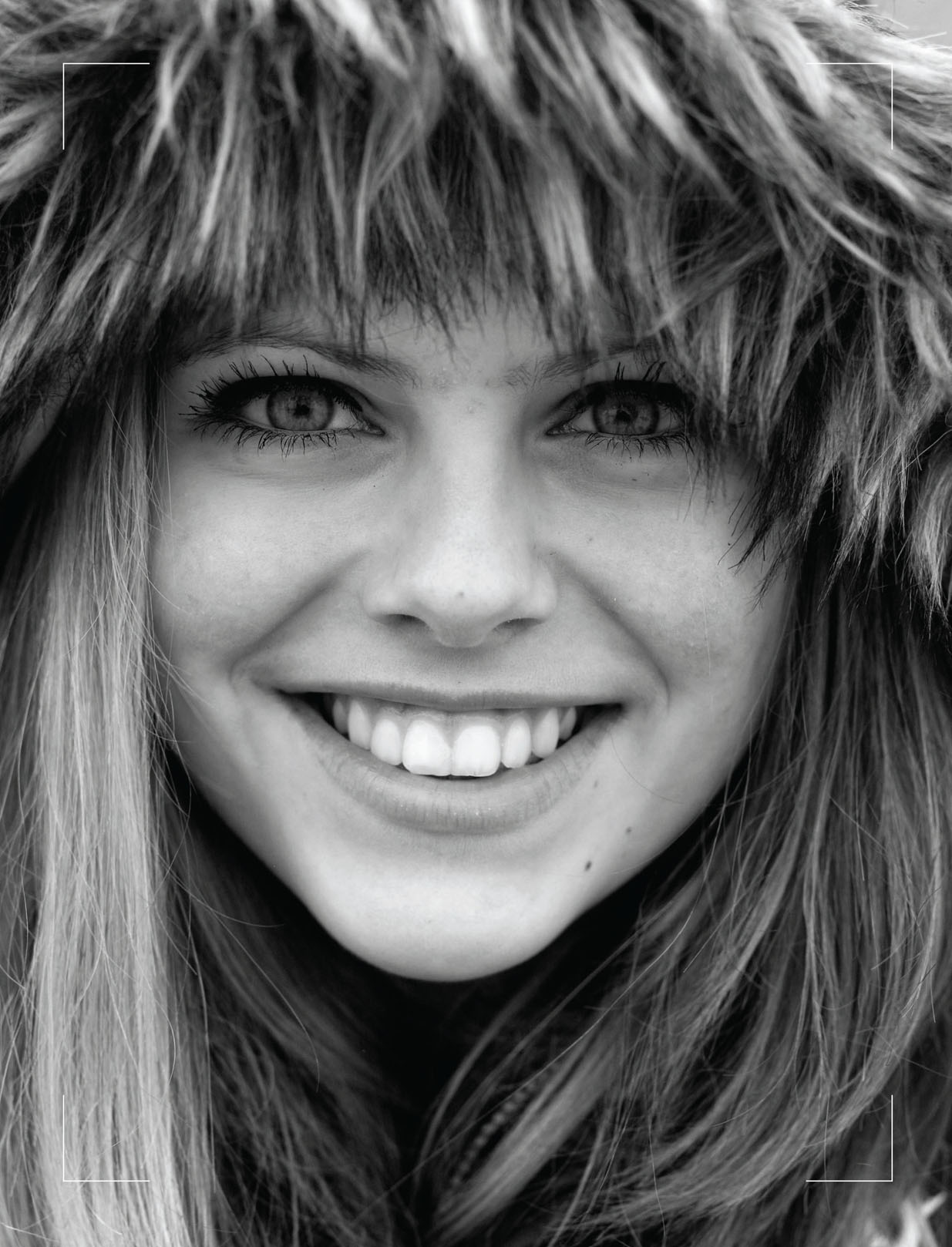
Fig. 0.0
There is a skill in being able to engage with the subject in a way that brings out their natural expression and allows them to feel at ease with you, thus taking a portrait from being a snap to a professionally commercial image. Knowing when coming in close is going to work through utilizing textures, or creating space and allowing the image to breathe, invites the viewer to read a portrait in order to create an emotive response from them.
Introduction
T his book is directed at photographers wishing to take their portraiture to a new level, whether taking photographs of their own children at various stages of their childhood or dipping a toe into the professional world in order to earn an income. The content addresses all the elements that contribute to strong and saleable portraits. It will encourage readers to use the environment to create something very special for themselves or their clients from the most ordinary of locations or the most challenging of lighting conditions by using the elements. Creating a special connection between photographer and child is fundamental to the finished feel of your portraits.
What this book wont do is teach you an eye; that has to come from you. It will, however, help nurture a skill and make you more aware of possibilities and how to implement those ideas in your head. You will look at new ways of finding inspiration through your own environment, daily life and life experiences and be inspired to draw from the ordinary.
The digital medium has opened up photography to the masses. It has become highly accessible and the opportunities for creativity are endless. It is a new education in itself for young and old implementing methods in camera throughout the execution and through to the final printed piece. It has encouraged us to take risks through experimentation and personal projects, which in turn teach us our own creative limitations and that of the camera.
A snapshot is almost entirely subject-focused. With a professional image its a two-way street.
Those photographers who used to use film on a personal and professional level will understand this huge transition in both technical innovation and, to an extent, in the way that we take pictures, allowing them in a certain measure to dictate our creativity. A new door has now opened, giving us opportunities for experimentation, personal creative development and, through access to art via the web, inspiration beyond our wildest dreams. This surely is a positive and should be embraced.
Have we, however, almost become slaves to the camera and computer? Perhaps what we have lost in this transition process is the mystique that photography once held: the unknown capabilities of the camera. Post-production was limited by todays standards, with the exception of dodging and burning, chemical manipulation, and pushing or holding back development to create the desired effect. The skill of the photographer was paramount to the success of an image or collection of photographs. Have we changed the way we see a picture before we take it? Are we thinking perhaps of what can be achieved post-production rather than the essential make-up of an image within the camera the lighting technique, composition (to a point), attention to detail, and so on? Has it made us lazy? And does it matter?
For the purists amongst us, first and foremost we are photographers. We endeavour to create and capture moments in their most native forms. This book is about just that. We will touch on post-processing, colour management (you are the lab technician now, too), but essentially we will be looking at the fundamental make-up of a portrait using the environment (natural light in most cases) and some old-school techniques which will help you to understand how to produce skillful, honest portraits, whether its for family prosperity or maybe as a first step to becoming a professional photographer.
Development and subsequent refinement of a style need to be encouraged in order for the photographer to progress and gain personal satisfaction in his or her work. Recognize what moves you as an artist. This inspiration can be sought in different ways and sometimes originates from the least obvious sources, such as the environment, our children, fashion, films, life experiences and art.

